
How to Safely Remove Super Glue (502) from Your Skin Without Tearing It
Super glue, also known as 502 glue in many countries, is a powerful adhesive commonly used for quick repairs around the house, in crafts, or for industrial purposes. While incredibly effective at bonding materials together, it can be a nightmare if it accidentally comes into contact with your skin—especially your fingers. Many people instinctively try to wash the glue off with water, but this can actually make things worse. If you’ve ever found yourself in this sticky situation, don’t panic. With the right method, you can remove super glue safely and painlessly without tearing your skin.
Why You Shouldn’t Use Water Immediately
When 502 glue gets on your skin, your first reaction might be to rinse it off with water. However, super glue reacts with moisture and hardens even faster. Applying water can cause the glue to set instantly, making it harder to remove and increasing the risk of damaging your skin. Instead, stay calm and follow the proper steps to dissolve the adhesive gently.:quality(75)/2024_1_23_638416172514064283_giai-phap-tay-keo-502-dinh-vao-tay-h7.jpeg)
Step-by-Step Guide to Remove 502 Glue from Skin
1. Soak in Warm Soapy Water
One of the safest methods is soaking the affected area in warm, soapy water for 10–15 minutes. This helps soften the glue and loosen the bond. Use gentle soap, and make sure the water is not too hot. After soaking, try to peel or roll the glue off slowly with your fingers or a soft cloth. Avoid pulling hard, as this could tear the skin.
2. Use Acetone (Nail Polish Remover)
Acetone is one of the most effective solvents for breaking down cyanoacrylate—the chemical compound in super glue. You can find acetone in most nail polish removers. Apply a small amount to a cotton ball and dab it gently on the glued area. Allow it to sit for a few minutes, then slowly start peeling the glue off. Be cautious not to use acetone on sensitive areas or broken skin, as it can cause irritation.
3. Try Petroleum Jelly or Oil-Based Products
If you don't have acetone available, petroleum jelly or oil (such as coconut oil or olive oil) can help loosen the glue. Rub the oil or jelly into the affected area in circular motions. This method takes a bit longer, but it's gentle on the skin and works well for smaller glue patches.
4. Use a Pumice Stone or Emery Board (Carefully)
For hardened glue, gently rubbing the area with a pumice stone or nail file can help wear it away. Only use this method if the glue is completely dry and avoid over-scrubbing, which may damage your skin. It’s best to combine this with soaking or oil-based treatment to make the glue easier to remove.
What You Should Never Do
-
Do not forcefully pull stuck skin apart. This can cause painful skin tears or blisters.
-
Avoid using sharp tools or knives to scrape off the glue. This is dangerous and can lead to cuts or infections.
-
Don’t use excessive heat in an attempt to melt the glue. It won’t work and could burn your skin.
Prevention Tips
To avoid getting glue on your hands in the future, consider wearing disposable gloves when using 502 glue. Also, always work in a well-ventilated area and use small amounts of glue to reduce the chance of accidents.
Conclusion
Getting 502 glue on your fingers can be stressful, but it’s not the end of the world. By avoiding water and using the right techniques—such as soaking, acetone, or oil—you can safely remove the glue without damaging your skin. Remember, the key is patience and gentle care. Next time you reach for that tiny tube of super glue, you’ll know exactly what to do if things get a little too sticky.
News in the same category

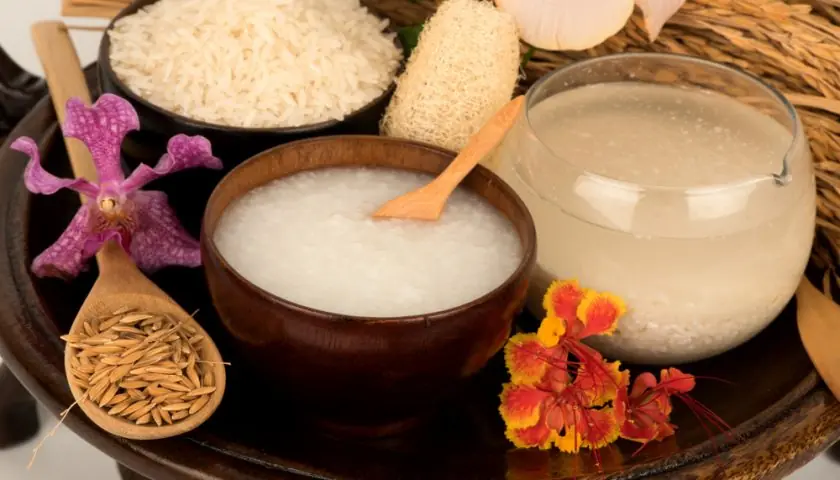
How to Use Rice Water for Gorgeous Hair and Skin (Detailed Instructions)

Beware: U.S. Salmon May Be Crawling with Japanese Tapeworm, Say Scientists

Colon Cleansing: How to Naturally Flush Your Colon at Home (Science-Based)

3 Morning Symptoms That May Signal the Onset of Canc3r

"8 abnormal signs warning of c3rvical canc3r that women need to recognize early"

If you don’t correct these 5 harmful eating and drinking habits right away, sooner or later your esophagus will also be “ravaged” by cancer cells.
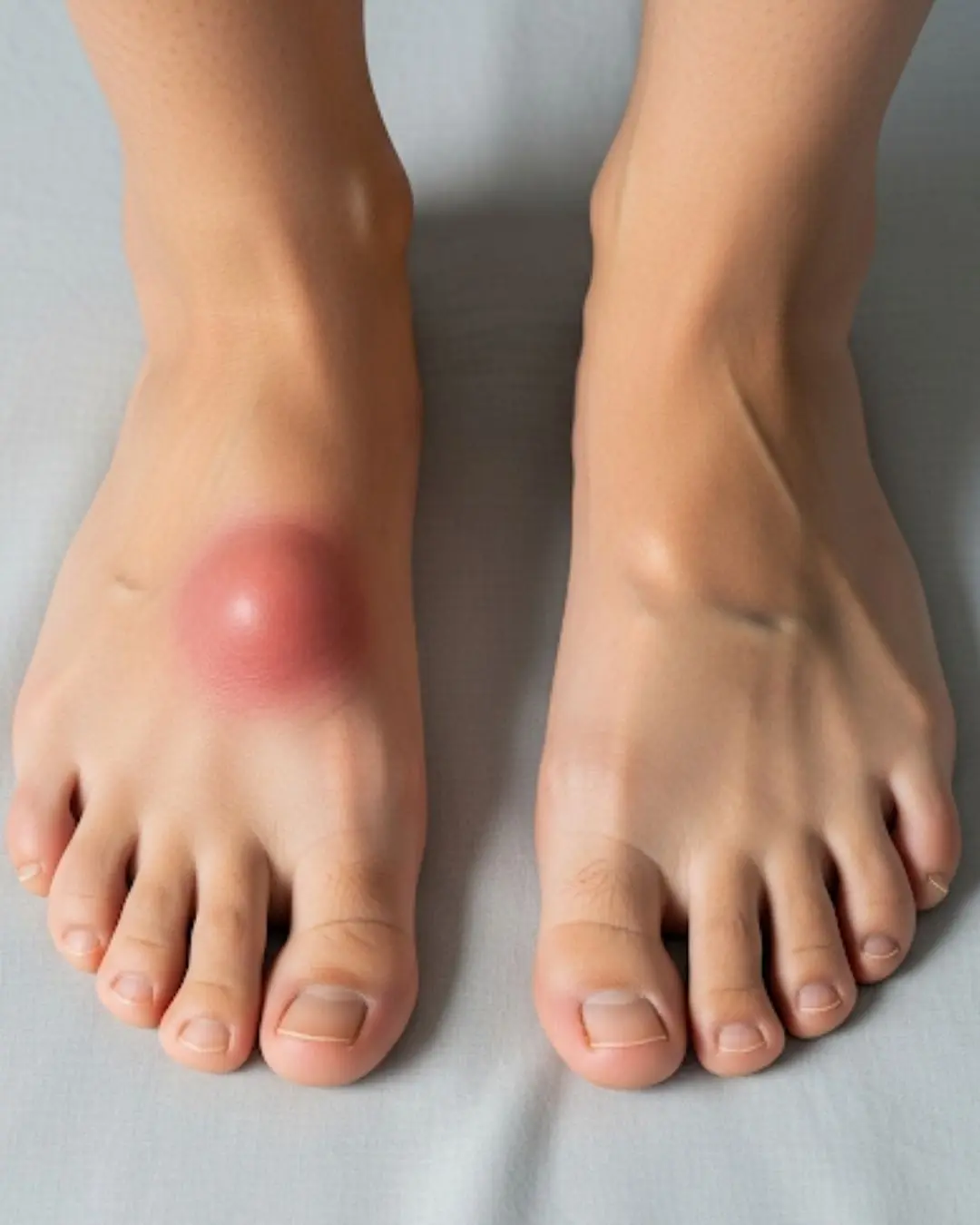
If Your Feet Swell It Is a Clear Sign

Nose Picking What This Taboo Habit Really Reveals About Us
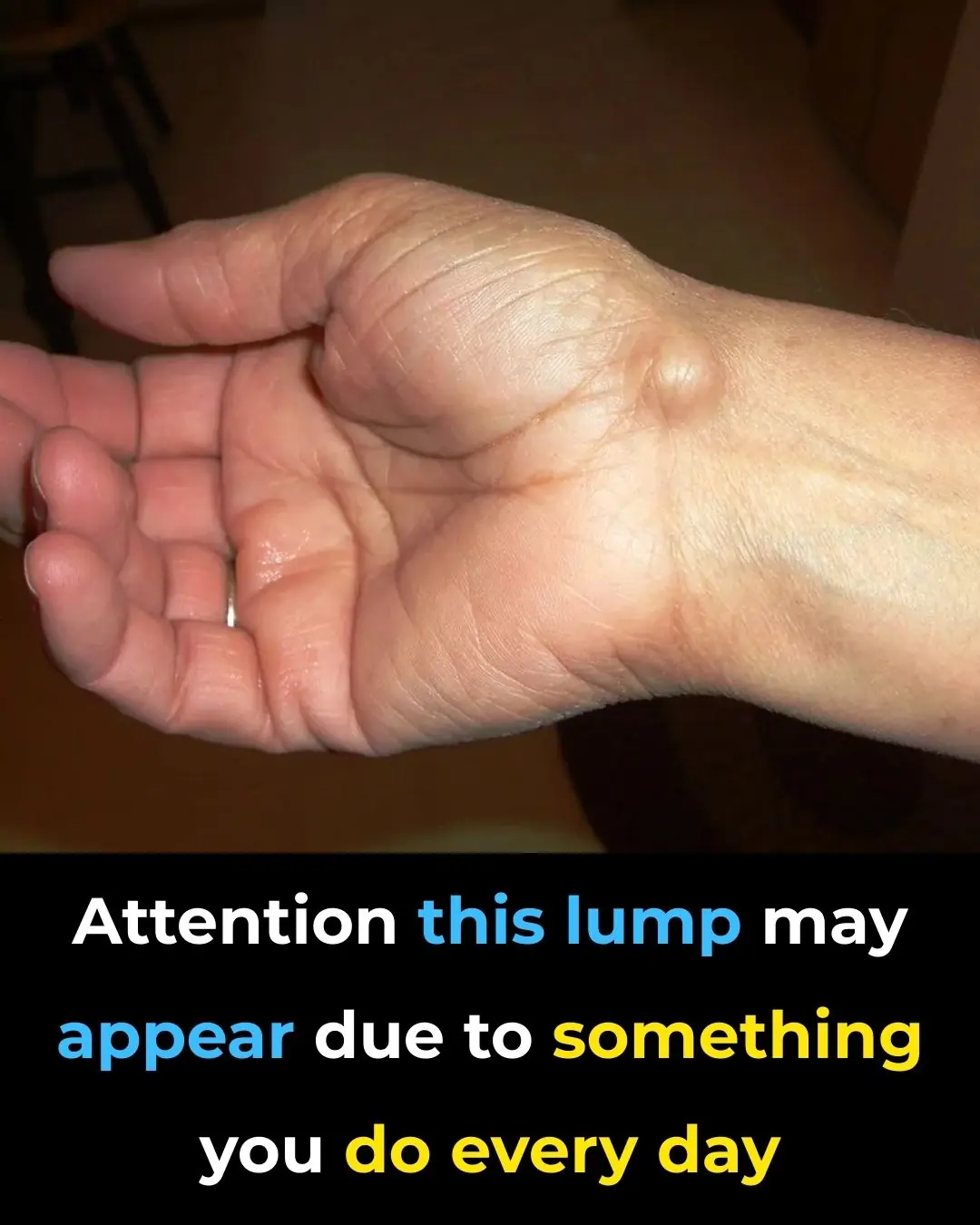
Everyday Habits That Can Cause a This Issue To Your Hands
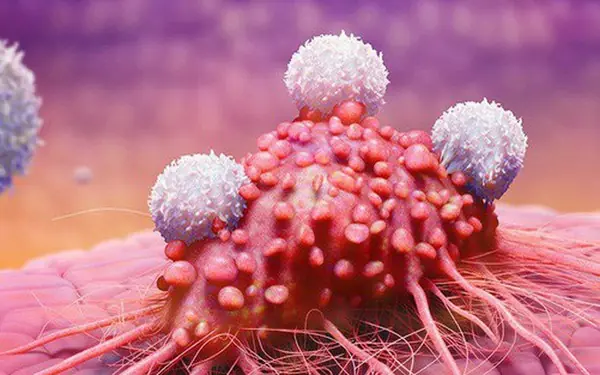
Why Liver Cancer Is Often Detected Late – Important Warning Signs You Shouldn’t Ignore
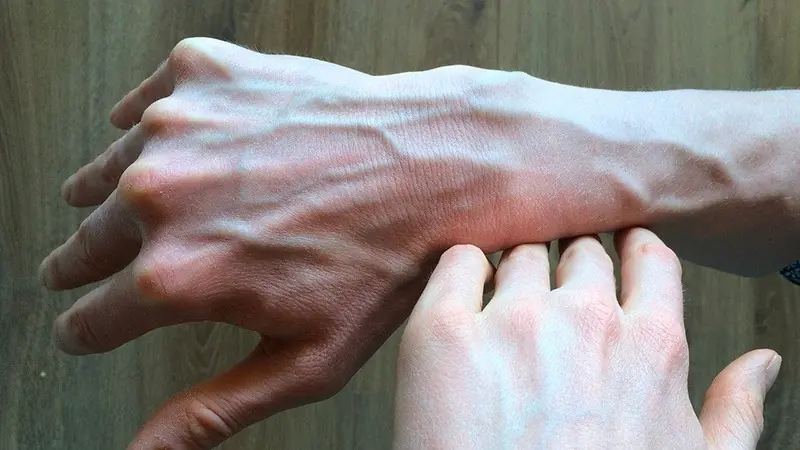
If You See Someone with Prominent Green Veins, Make Sure to Tell Them This – It Could Save Their Life

3 Unusual Signs in the Neck That Could Be Symptoms of Cancer – Don’t Ignore Them!

Consciousness Is Not Confined to the Brain, But Is Connected To The Whole Universe, Scientists Say

Study Finds People With ADHD Listen to Music Differently—Here’s How

Can I Get My Metabolism Back After Stopping Lexapro and Prozac?

8 Foods High in Inulin to Eat for Better Gut Health

Proven Health Benefits and Uses of Thyme and Thyme Tea

Proven Health Benefits of Walnuts, How Many to Eat, and More (Science Based)
News Post

Why Your Legs Cramp at Night (And How to Fix It)

How to Use Rice Water for Gorgeous Hair and Skin (Detailed Instructions)

Beware: U.S. Salmon May Be Crawling with Japanese Tapeworm, Say Scientists

The Benefits of Chicken Feet Stewed with Black Beans – As Powerful as Ginseng

There are many cuts of beef, but only these 3 are considered the true “essence” – both chefs and butchers wholeheartedly agree!

Colon Cleansing: How to Naturally Flush Your Colon at Home (Science-Based)

Put this into a lemon and place it in the corner of your house – mosquitoes will stay away for good

3 Morning Symptoms That May Signal the Onset of Canc3r

"8 abnormal signs warning of c3rvical canc3r that women need to recognize early"

If you don’t correct these 5 harmful eating and drinking habits right away, sooner or later your esophagus will also be “ravaged” by cancer cells.

Is Your Air Conditioner Outdoor Unit Making Loud Grinding Noises? Use This Simple Trick to Make It Run Quietly Without Calling a Technician!

Urgent warning issued to travelers as China takes ‘covid measures’ after reporting 7,000 cases of Chikungunya virus

3 Effective Ways to Prevent Snakes from Entering Your Home Everyone Should Know to Protect Their Family

Signs to look out for amid Gordon Ramsay's health warning after undergoing cancer surgery
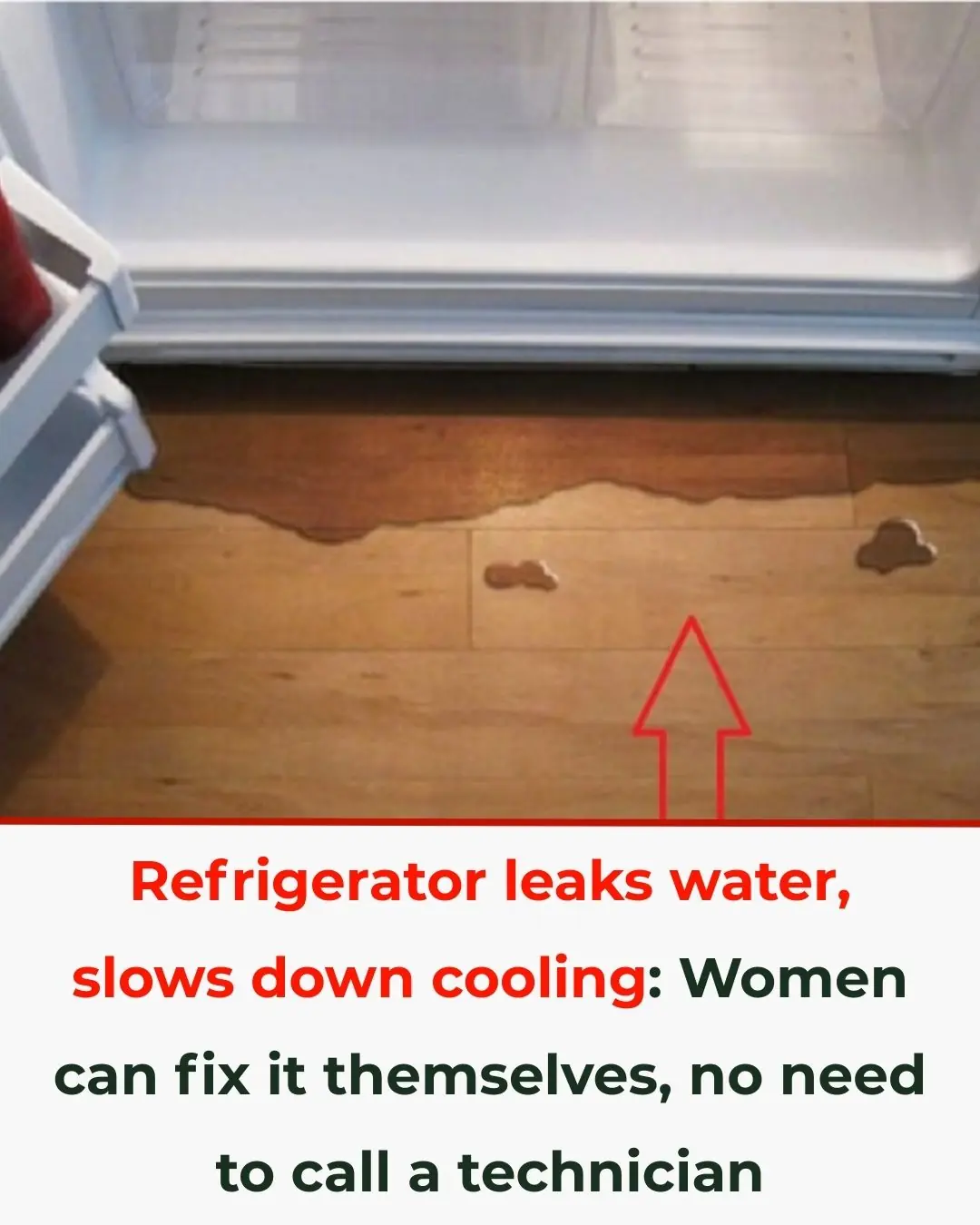
How to Handle Common Refrigerator Problems and a Surprising Lesson from American Toilet Habits

If Your Feet Swell It Is a Clear Sign

Why Doors in Public Bathrooms Don’t Reach the Floor

Nose Picking What This Taboo Habit Really Reveals About Us

Everyday Habits That Can Cause a This Issue To Your Hands
